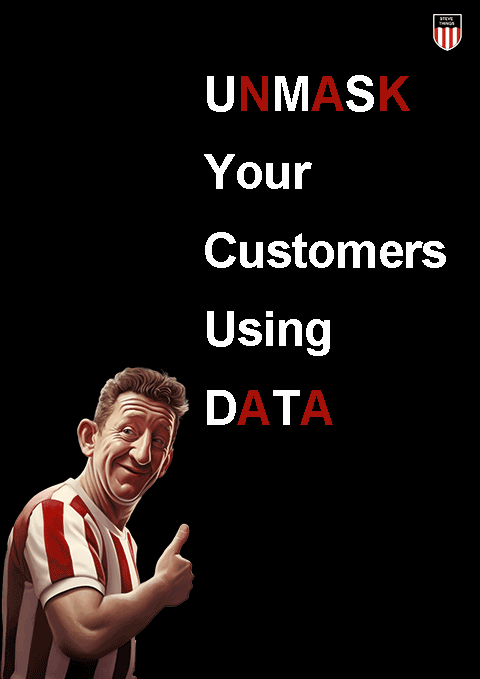KPIs are built from Top to Bottom, not the other way around.
Earlier on, with the car example, I introduced the concept of KPIs and why they are so vital for the management.
I hope you did not get the wrong picture : KPIs are as important to individual business units as it is to the management.
Let’s look at the the engine for instance.
A car engine basically runs on its own within the car: you give it fuel, you give it air, it mixes them, burns them and powers the car.
The engine itself relies on various KPIs to run efficiently: fuel/air mixture, intake air temperature, oil pressure, exhaust gas composition…
If any of these go off track, the engine will stop working, notice however, how NONE of these key KPIs are reported on the car dashboard.
The reason is that they are what I’d like to call “Micro-KPIs”, KPIs that are deadly important inside a given business unit but irrelevant to the bigger picture.
In contrast, the speed, which is relevant to the management, can be considered a “Macro-KPI”
Another interesting aspect in this example is that the engine is totally ignorant of the car motion status: the engine can run idle for 2 hours, working perfectly, having all its micro KPIs green, while the car stays at the exact same spot.
This is another reason why KPIs can not come from the bottom up: ask the engine what the important KPIs are for the car and you’ll get answers like “air intake” and “fuel/air ratio” which makes no real sense to the driver!
The danger of over reporting
We have seen earlier that to drive the car efficiently, you rely on the speedometer and the fuel gauge. But wouldn’t it be nice to also see the engine KPIs reported on the dashboard ?
My answer is no, and I would even go as far as to say it is dangerous.
Say for instance that you have just been on a road for an hour, monitoring the air intake temp steady at +2 degrees, when you enter a colder area of your trip. You see in amazement the air intake falling at -2. What’s your reaction ? Some driver may reduce their speed in hope to restore the temperature above 0 which is, in reality, totally unnecessary as the engine will correct the fuel/air mix to compensate.
And you’ll be late to your destination…
So what are the lessons here?
KPIs are needed at every level of an organisation One serves all KPIs do not exist KPIs should be reported ONLY to their intended audience KPIs are built from Top to Bottom, not the other way around Macro KPIs can utilise a combination of Micro KPIs



